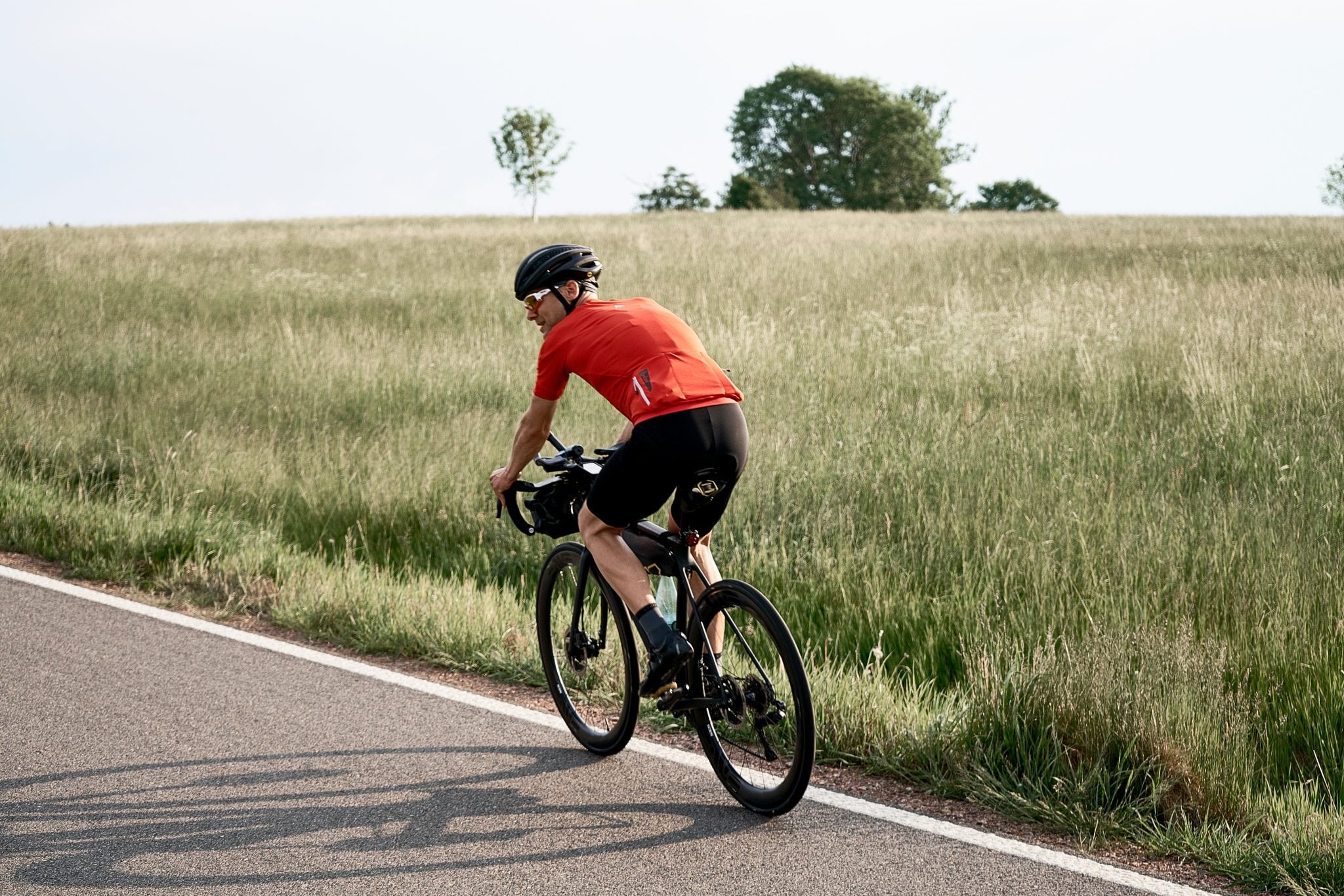Written by: Shannon Polk, Kudos Team Contributor
Bicycling is a great way to stay active and get where you need to go while helping reduce pollution. Whether you’re training for a triathlon, riding to work or touring a new city, it’s critical to always be aware and take these key safety measures when riding a bike:
Wear a helmet. According to the Insurance Institute for Highway Safety, 51 percent of bicyclists killed in 2016 were not wearing helmets (helmet use was unknown for 33 percent). No matter what distance you plan to ride, you should always have a properly fitting helmet on your head. If you want to take advantage of a bike share program, plan to bring your own helmet—I have yet to see a program that rents them along with the bike. A helmet protects you like a seatbelt does in a car, so don’t go without it!
Stay alert and in control. Don’t ride with earbuds in or while talking on the phone in order to minimize distractions. This will keep you more alert of your surroundings so you can avoid obstacles such as potholes, cars, pedestrians and other cyclists. Additionally, it’s important to ride at a safe speed, especially on busy streets. One day I was riding home from work at a fast clip and was unable to stop in time to avoid hitting a pedestrian who was illegally crossing the street. Fortunately, both the pedestrian and I were okay, but I may have been able to avoid the accident altogether if I had been riding slower. So stay aware!

Use hand signals and obey traffic laws. The main signals for turning left and right and slowing down are easy to follow and remember. Just like driving a car, you should signal before making a turn or slowing down. You should also always stop at stop signs and red lights and avoid speeding through a yellow light. Don’t ride in the opposite direction down one-way streets just because you occupy less space than a car. Essentially, if it’s something you wouldn’t do while driving a car, then don’t do it.
Be seen and heard. Wear reflective clothing at night AND during the day. Even in the daytime, reflective gear will make you more visible to cars, pedestrians and other cyclists. You can add reflective strips to just about anything, including your helmet, backpack and bike. We also recommend adding lights to your bike to use at night or in low-light conditions, and using your voice or a bell to alert others of your presence (e.g. when passing another cyclist).
Maintain your bike. Make sure your bike is getting regular tune-ups, whether you do it yourself or take your bike to a professional. To avoid discomfort, which could be a distraction that leads to an accident, adjust your bike saddle to the appropriate height. Before every ride, check your wheels for proper inflation and look for any cracking or gouges, test your brakes and ensure your bike chain is secure and does not slip from the gears. A well-maintained bike is a safe bike!
